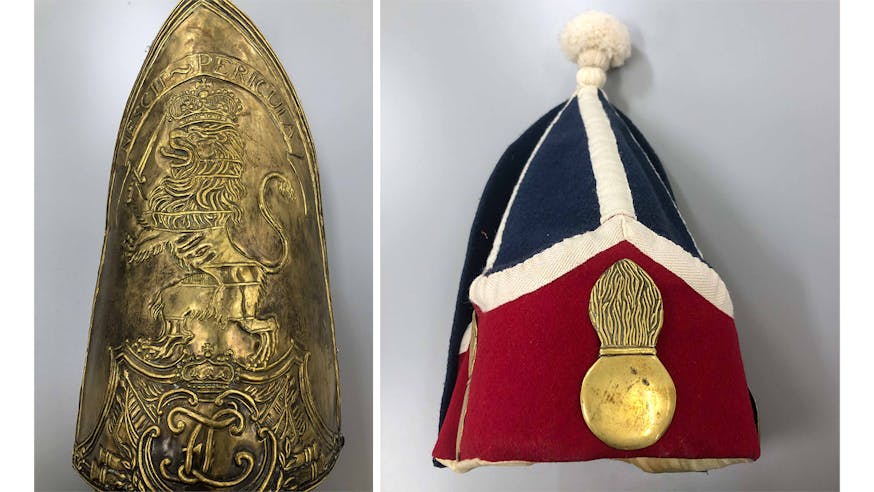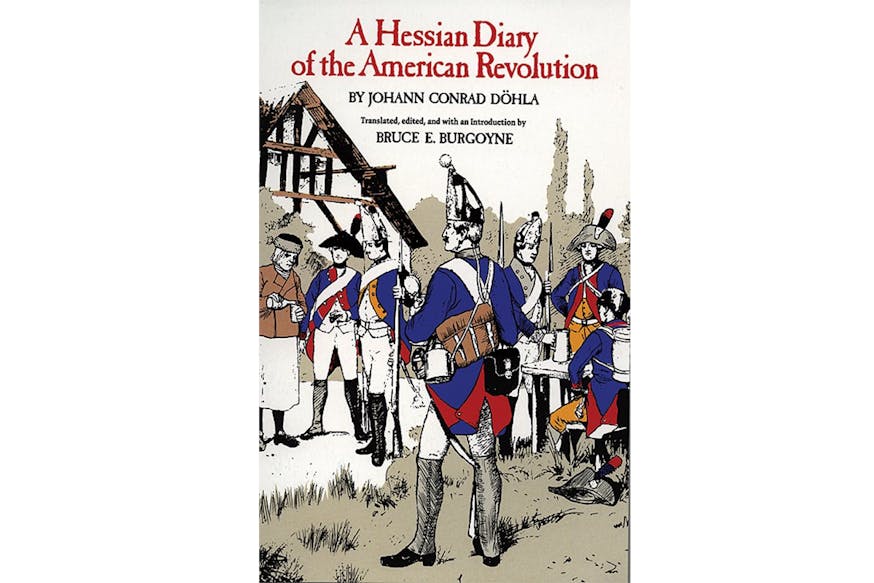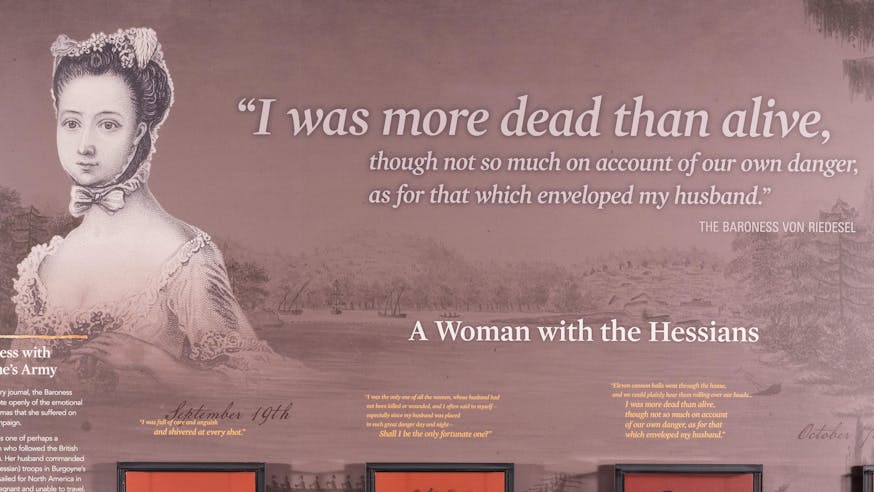Revolution Around the World
Germany and the American Revolution
The Revolution Around the World series explores the impact of the American Revolution on the globe and the influence of people from other countries on the Revolutionary era.
What was happening around the world in 1776? When and why did different countries get involved in the Revolutionary War? What was the impact of the broader American Revolution on those countries?
Take a closer look as we examine the role Germany played in the American Revolution.
What was happening in Germany in 1776?
In 1776, there was no unified Germany. The region was divided into principalities and remnants of the Holy Roman Empire. Among the most powerful of these was Prussia, led beginning in 1740 by King Frederick II, known as “Frederick the Great.” Under Frederick, Prussia expanded its territory to include parts of modern-day Austria and Poland. It would be almost a century before Germany was unified into the country we know today. Meanwhile, the same Enlightenment ideas that swirled in France and England influenced the thinking of German intellectuals, noblemen, artists, and politicians.
When did Germany become involved in the American Revolution?
Germans were involved in the Revolutionary War from the very beginning, on both sides of the conflict. German-Americans, especially in the area around Philadelphia, chose sides (or tried to remain neutral) like everyone else. Meanwhile, in the principalities of today’s Germany, most young men were subject to compulsory military service (a draft). As a result, thousands of “Hessian” soldiers served with the British in the Revolutionary War. Many of them never returned home, choosing instead to make a life in America. On the other hand, though Prussia had been an ally of Great Britain in the Seven Years’ War, it joined the League of Armed Neutrality in 1781 to protect merchant shipping from the British navy.

Which side did Germany choose, and why?
The different principalities of today’s Germany took different stances in the Revolutionary War. Provinces like Hesse-Kassel and Hesse-Hanau (home of the “Hessians”) were longstanding allies of Great Britain and provided soldiers (for a cost) to fight with the British in America. Though often called mercenaries, these soldiers were actually no different than other Revolutionary War soldiers: like Revolutionary and British soldiers, they were part of a standing army and received payment for their service. The real beneficiaries of this deal were German princes, who collected fees from the British government in exchange for the deployment of their soldiers to America. Other principalities remained uncommitted or attempted to protect only their own interests from the British war effort, as when Prussia joined the League of Armed Neutrality.
Who were the key German players in this story?
Thousands of Germans served in the Revolutionary War. Some, like Johannes Reuber and the Baroness Frederika von Riedesel, even left firsthand accounts of their experiences. But the one German most often remembered from this period is the Prussian Friedrich Wilhelm, Baron von Steuben. Like other minor European noblemen and military officers, Steuben was out of work in the 1770s, and he arrived in America in 1777 having been recommended for service with Washington’s army. During the winter at Valley Forge, Steuben transformed Continental Army drill and discipline, standardizing practices and creating model companies and drill instructors to demonstrate proper movements. As a result, the Continental Army became a much more effective fighting force, capable (perhaps) of holding their own against the British.

What was the impact of Germany's involvement?
The influence of Germans on the American Revolution was significant, from individual Americans who first read the words of the Declaration of Independence printed in German and ardently supported the American Cause to the legacy of conflict among European powers from the end of the 1700s continuing well into the 1800s. The Hessians, meanwhile, have become almost mythical in stories of the American Revolution, beginning with their reference in the Declaration of Independence as “large Armies of foreign Mercenaries to compleat the works of death, desolation and tyranny” and continuing into later stories that depicted them as fearsome monsters or drunk and asleep. The real stories, like those of the Baroness von Riedesel, are far more complicated and interesting.
Dive Even Deeper
- Related Read the Revolutions: Read excerpts from Hessian soldier Johann Conrad Döhla's diary about his time in America, from Brady J. Crytzer's Hessians: Mercenaries, Rebels, and the War for British North America, and from Daniel Krebs' A Generous and Merciful Enemy: Life for German Prisoners of War during the American Revolution.
- From the Collection: Check out the cookie boards that belonged to baker Christopher Ludwick, a native of German-speaking Hesse-Darmstadt; the pistols that belonged to German-American Brigadier General John Peter Gabriel Muhlenberg, who commanded the 8th Virginia Regiment, a corps composed largely of German-speaking recruits; and Prussian officer Friedrich Wilhelm Baron von Steuben's book of "Regulations."
- More on Hessian Soldiers: Take a closer look at embossed brass Hessian cap plates from our collection, check out reproduction objects that would have been used by Hessian soldiers at a digital discovery cart, and create your own Hessian cap.
- More about Baroness von Riedesel: Watch a video diving into the Baroness's life story.
Learn More

Hessians and the 10 Crucial Days Discovery Cart

A Hessian Diary of the American Revolution
